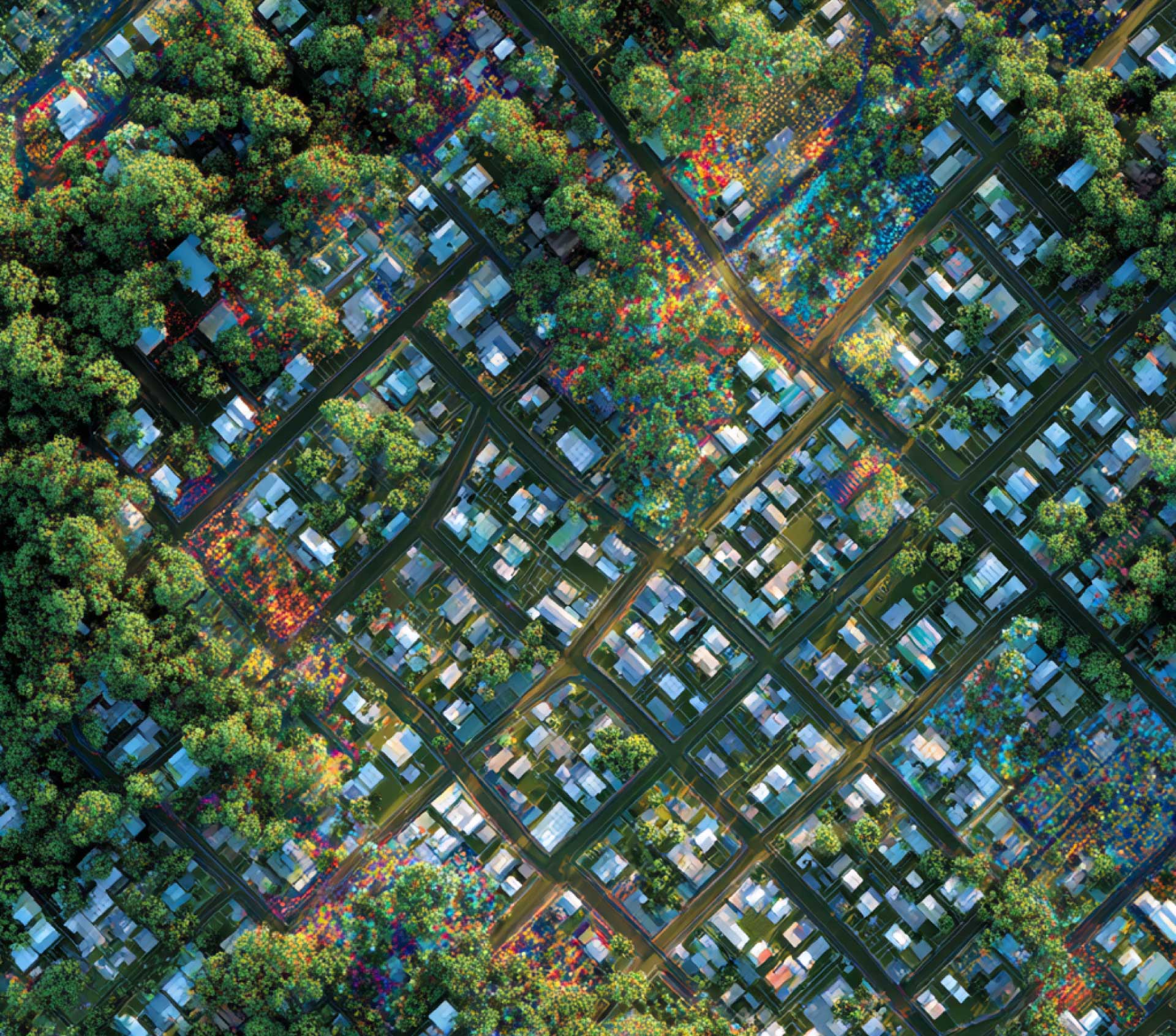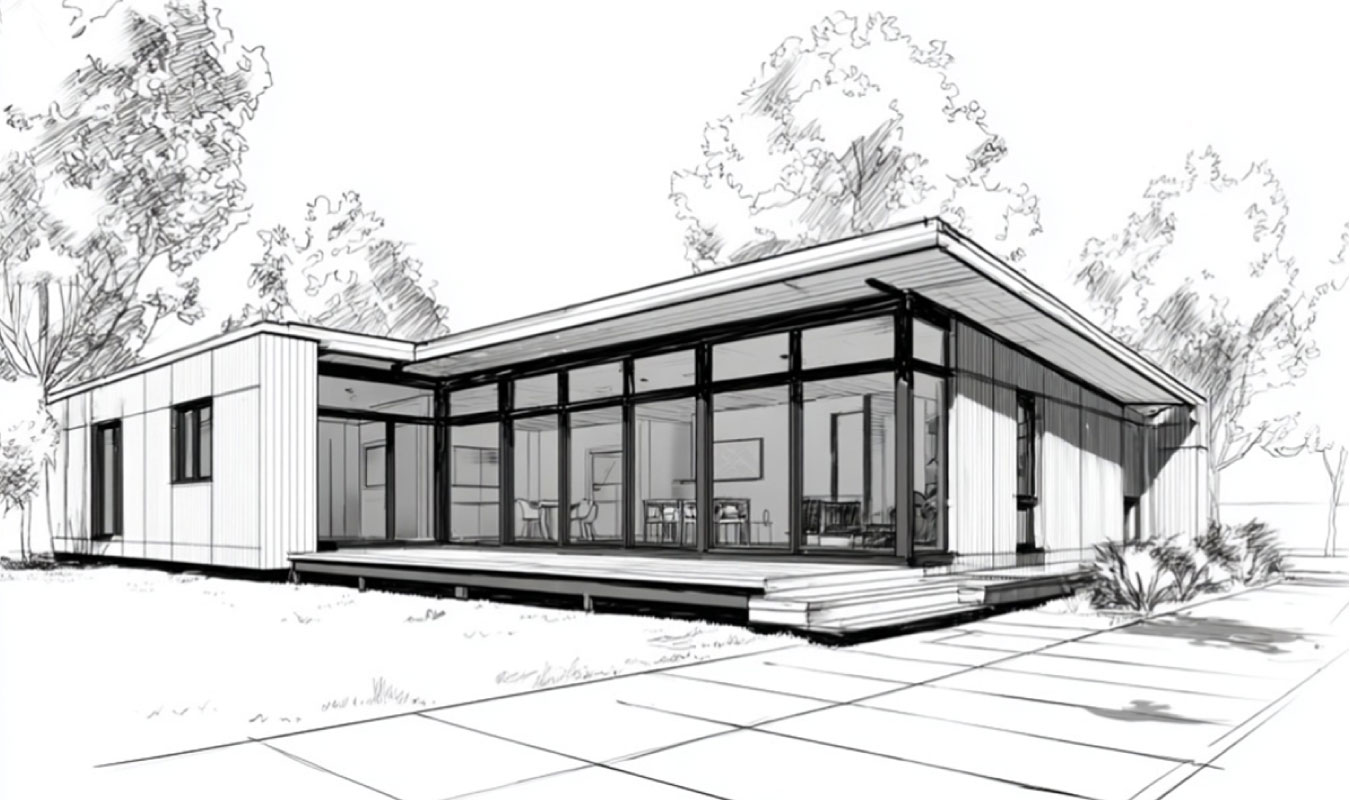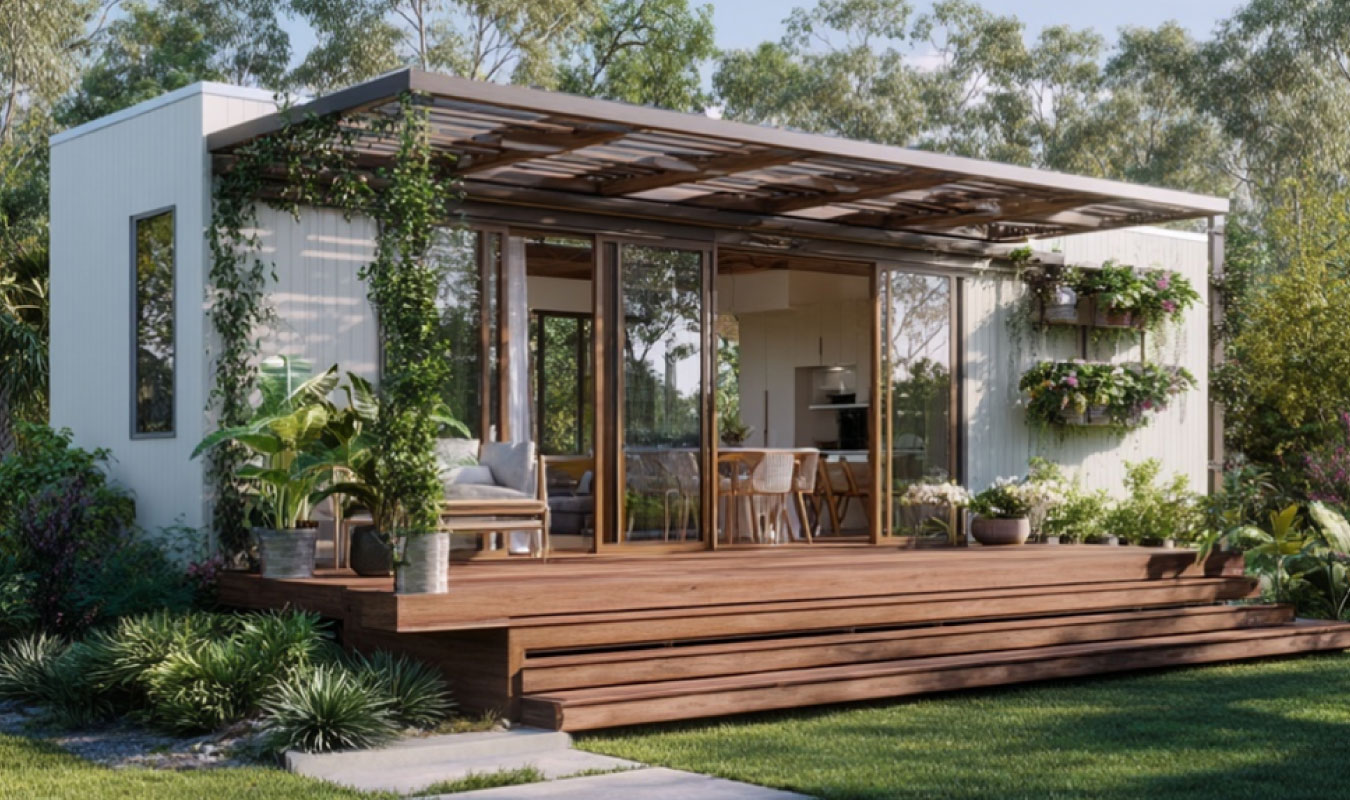-

A Faster, Smarter,
Fairer Solution
to Queensland’s
Housing Crisis
Over 52,000 Queenslanders are waiting for housing. 28,000 of these are waitlisted for social housing, often comprising society's most vulnerable cohort. Traditional construction methods are too slow, expensive, and inefficient. RHQ changes that.
We combine government-owned land, factory-built modular homes, and a powerful delivery partnership to unlock urgently needed housing at speed and scale.
Queensland's housing waitlist has surged and vacancy rates are below 1% in many regions. People are living in cars, in tents, and in overcrowded homes.
Traditional delivery models can take years to produce a single dwelling. Land costs, rezoning, planning approvals, and fragmented funding prevent new homes from being built at the pace needed.
RHQ is a new vehicle built to deliver thousands of modular homes on underutilised government-owned land. We deploy factory-built dwellings onto existing public housing lots with vacant space — bypassing land acquisition, rezoning and planning hurdles. This approach will also strengthen existing communities and leverage established amenity.
RHQ is made possible by a partnership that aligns community, capital, and policy:
Every RHQ home provides a safe, secure, and sustainable place to live for Queenslanders in need. Our 5-year rollout plan delivers:
Rapid Housing Queensland is a public-purpose enterprise focused on delivering factory-built homes on public land. We coordinate land access, construction, compliance, and delivery in partnership with CHPs, government and institutional capital.
An interview with the Rapid Housing Queensland (RHQ) team on innovation, impact, and reimagining the model
A: Because the current system is stuck. We’ve got over 52,000 people on the social housing waitlist and a private rental market that’s simply unaffordable for many. Construction costs are rising, timeframes are blowing out, and traditional delivery models just can’t keep up. If we stick with “business as usual,” we risk leaving a whole generation behind.
A: We’re flipping the script. Instead of starting from scratch with new land, rezoning, and years of planning delay, we’re focusing on what already exists—underutilised government-owned housing lots that have the space, the infrastructure, and the community already in place.
We pair that with high-quality, factory-built modular dwellings. These are code-compliant, architect-designed, and fast to deliver—12 weeks or less, turnkey ready. But the real innovation is how we pull it all together: government-owned land, private capital, and a Tier 1 Community Housing Provider (CHP), working together under a clear, risk-aligned partnership model.
A: Not at all. These homes are Platinum-level accessible, climate-conscious, and built for long-term performance. Think 7-Star NatHERS thermal ratings, disability-friendly design, and modern interiors. They're delivered with driveways, landscaping, utilities, and certifications—all the things that make them liveable and dignified.
Modular doesn’t mean poor quality. It means faster, more consistent, and far more scalable. And for the people living in them, it means safe, secure housing they can be proud of.

A: Because this isn’t a concept—it’s a shovel-ready program. What makes it compelling to investors is the land advantage. We’re deploying onto land the State already owns, so there’s no acquisition cost and no rezoning delays. That’s huge.
We’re also not reinventing the wheel—we’re partnering with CHPs who already know how to manage tenancies and support residents. RHQ handles the asset delivery and ownership. Investors get stability, scalability, and ESG-aligned returns, with exposure to a growing, impact-oriented asset class.
A: Risk is shared—but also managed intelligently. RHQ retains all construction, capital, and structural risk. CHPs manage tenancies. The State provides the land. And investors have clearly defined rights and reporting structures. We’ve built this so each party does what they do best, while aligning around shared success.
A: : It means we’ve stopped trying to force a 1990s model to solve a 2025 crisis. This is not piecemeal—it’s programmatic. It's a coordinated, high-velocity solution that brings together capital, capability, and community.
In a typical government-led delivery cycle, housing takes 2–3 years from land acquisition to occupancy. Ours takes 3 months from site selection to keys in hand. That’s not just fast—it’s transformative.
A: We’re currently engaging with capital partners to help shape the final structure alongside government and CHP partners. Our ask is clear: Join us as we finalise this game-changing model—one that delivers not just houses, but hope, dignity, and long-term social value at scale.
